Hunting is one of the major themes in C.Fratin's work , and we find a large number of hunting dogs , all perfectly treated in a realistic manner , and represented with an artistic truth and anatomical rigor that will not weaken over the years .
Sculptor's signature “FRATIN” on the naturalistic terrace .
Early edition bronze , second half of the 19th century .
Very good condition and patina .
Sizes : 14 cm x 20.5 cm x 6.5 cm
Christophe Fratin (1801 - 1864)
Christophe Fratin was a French sculptor and pioneer of the animal style .
He is described as Antoine-Louis Barye's "fierce rival" in the representation of animals .
C.Fratin began his apprenticeship at the École de Dessin in Metz .
He was a pupil of Carle Vernet and Théodore Géricault in Paris .
From 1831, he exhibited regularly at the Salon, except in 1832 due to the cholera epidemic .
The sculptor's repeated success at the 1834, 1835 and 1836 Salons aroused the interest of the aristocracy .
He worked at the Castel of Dampierre for the Duc of Luynes , where he created the lions on the pediment of the main building , as well as extensive interior decoration work .
Christophe Fratin , who excelled in the creation of decorative objects , supplied four small pieces for the creation of a princely table centerpiece , for which Antoine-Louis Barye was the main craftsman .
Christophe Fratin stood out from other sculptors of his time for his eagerness to create models, and his ability to produce large-scale works .
His works were exhibited at House Susse , which had a store on the Passage des Panoramas in Paris , where they were offered in plaster .
Fratin's bronze editions really got underway in 1835 .
These bronzes were made using the sand casting technique and were produced in variable dimensions .
He was one of the first , if not the first, to take up sculpture for publication .
Fratin's audience quickly became international .
He left for England between 1833 and 1834 .
Throughout his career , the interest of his English clientele never waned .
The artist also created large romantic groups in Germany , at Potsdam , the castles of Sans-Souci and Babelsberg , where some are still preserved .
This tireless worker even exported his works to St. Petersburg , where they decorated the Russian Emperor's Park .
Romanticism is evident in his subjects , in which the horse plays an important role .
In 1837, the Salon became hostile to the young Romantic generation , and Fratin's participation was reduced to his "Broodmare".
He did not appear the following year , and during the 1840s , his submissions to the Salons were refused .
As a result , commissions began to dry up .
The artist's career seemed to take a turn for the worse , and financial difficulties began to dominate .
The sculptor then concentrated on editions and the production of small commercial models .
In 1849 , following serious financial difficulties , Christophe Fratin organized the first public sale of 450 of his models in Paris , without reproduction rights .
From 1854 until his death in 1864 , he offered his works for public sale , rather than opening a boutique, like Antoine-Louis Barye or Pierre-Jules Mêne .
In the years that followed , C.Fratin struggled to obtain public commissions , such as the "Eagles" commission , paid for in 1853 , for the Esplanade in Metz , or the commission for a pediment representing "The Hunt" in 1855 , for the Visconti courtyard of the Louvre palace , then under construction .
Finally , in 1862, he received his last commission by ministerial order , "Chèvre et chevreau" ("Goat and kid") .
He also took part in various exhibitions , such as the Exposition de la Société des amis des Arts de Bordeaux , the Exposition Universelle de Metz , under the patronage of the Empress in 1861 , and the 1862 Universal Exhibition in London .
Today , Christophe Fratin's sculptures can be found in the permanent collections of the Louvre , and in museums in Metz , Lyon , Strasbourg and Nîmes ...
Christophe Fratin died on August 17, 1864 , in Le Raincy .
He is buried in the Montmartre cemetery .












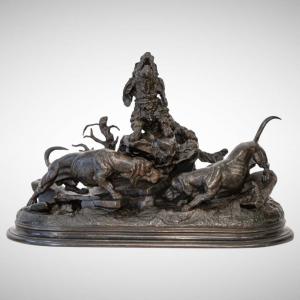
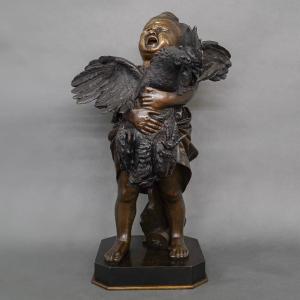



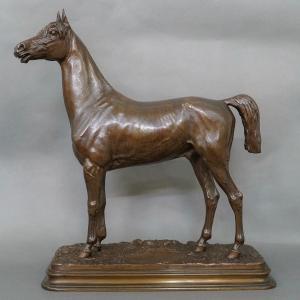
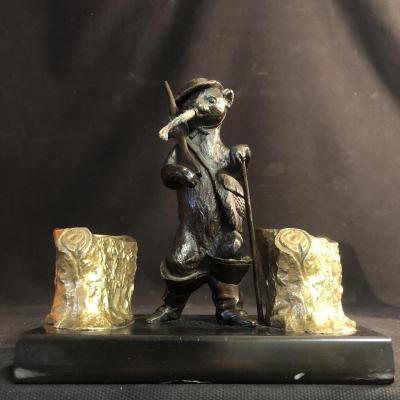

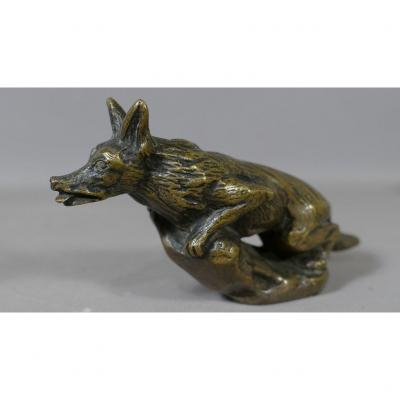
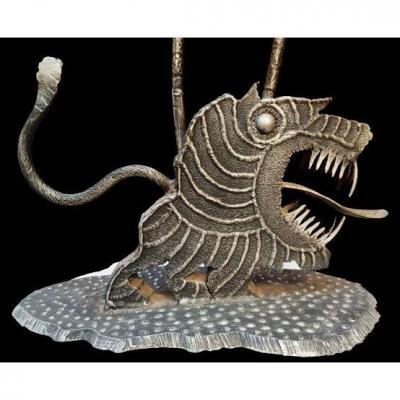

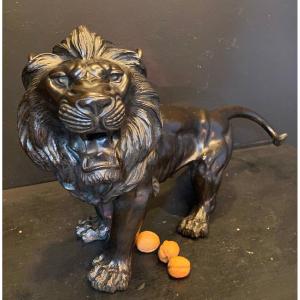



 Le Magazine de PROANTIC
Le Magazine de PROANTIC TRÉSORS Magazine
TRÉSORS Magazine Rivista Artiquariato
Rivista Artiquariato
